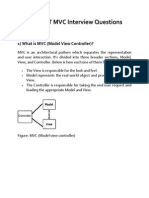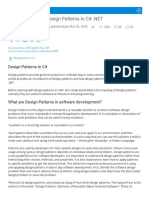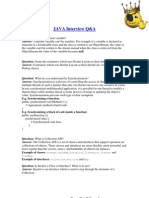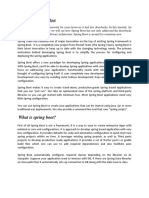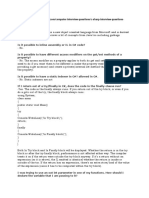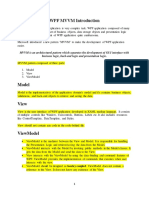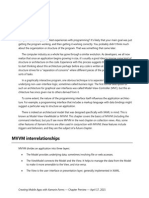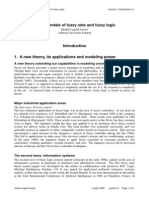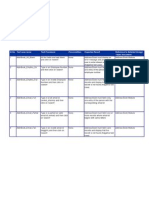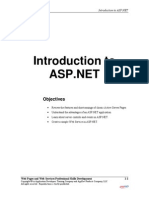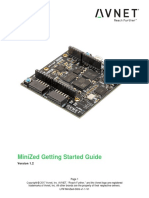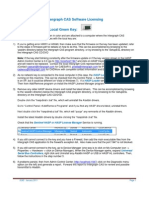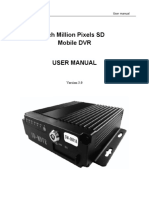0% found this document useful (0 votes)
314 views27 pagesMVVM
This document discusses the Model-View-ViewModel (MVVM) pattern.
MVVM is a software architectural pattern that separates a software application into three main logical components: the model, the view, and the view model. The model manages the behavior and data of the application domain. The view displays the user interface and processes user input. The view model acts as an intermediary between the model and view by preparing and transferring data between them.
MVVM promotes loose coupling between these components. It improves testability and reusability of code. Data binding and notifying property changes are key techniques used in MVVM to synchronize the view model and view. Commanding is used to handle
Uploaded by
Kumar AnupamCopyright
© © All Rights Reserved
We take content rights seriously. If you suspect this is your content, claim it here.
Available Formats
Download as PDF, TXT or read online on Scribd
0% found this document useful (0 votes)
314 views27 pagesMVVM
This document discusses the Model-View-ViewModel (MVVM) pattern.
MVVM is a software architectural pattern that separates a software application into three main logical components: the model, the view, and the view model. The model manages the behavior and data of the application domain. The view displays the user interface and processes user input. The view model acts as an intermediary between the model and view by preparing and transferring data between them.
MVVM promotes loose coupling between these components. It improves testability and reusability of code. Data binding and notifying property changes are key techniques used in MVVM to synchronize the view model and view. Commanding is used to handle
Uploaded by
Kumar AnupamCopyright
© © All Rights Reserved
We take content rights seriously. If you suspect this is your content, claim it here.
Available Formats
Download as PDF, TXT or read online on Scribd
/ 27





